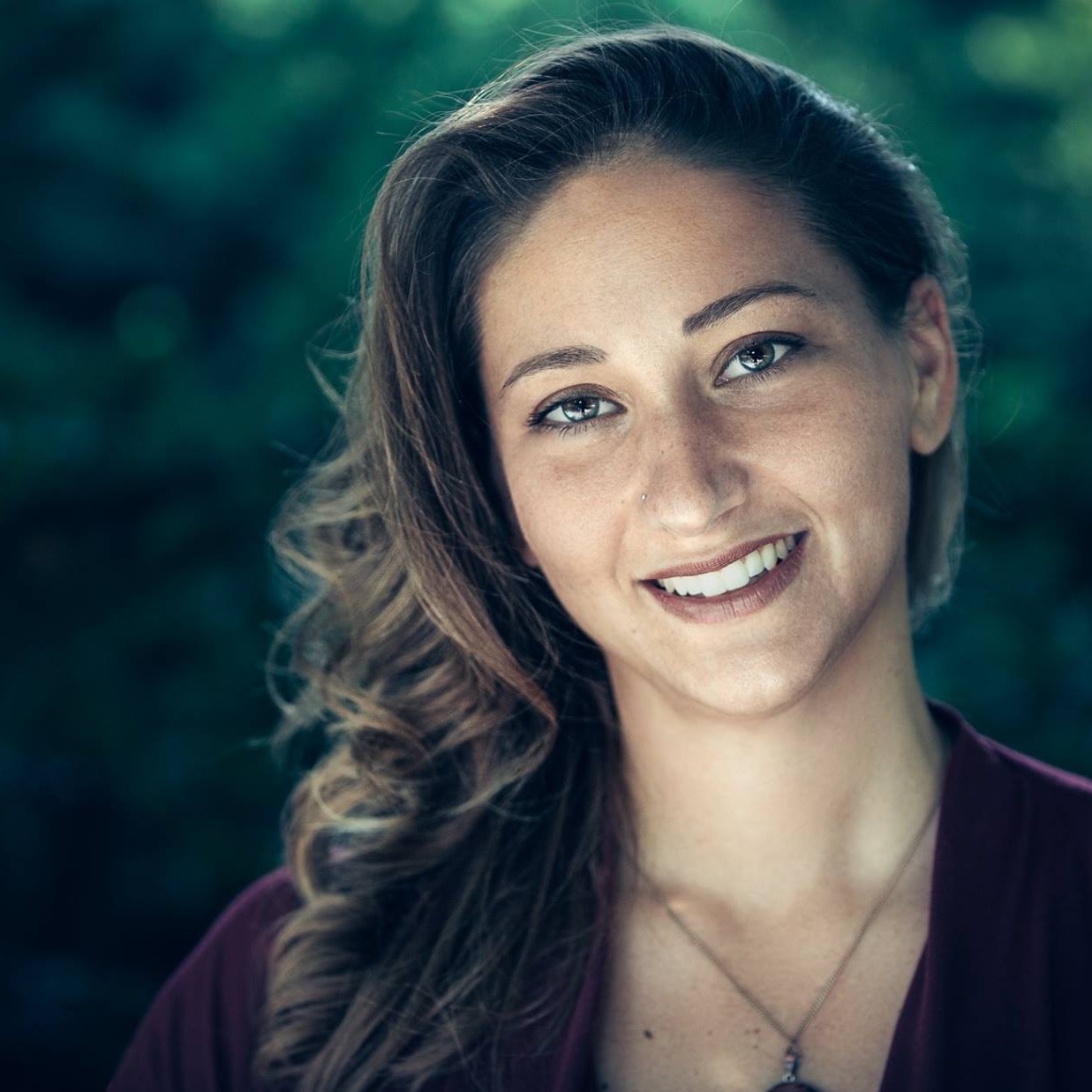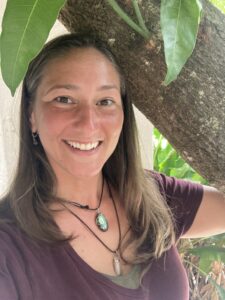Gina Tesoriero Turned Struggles Into Strength in STEM Education
After pausing her Ph.D. journey due to a late learning disability diagnosis, Tesoriero returns with renewed purpose
With over 10 years of public-school experience in the New York City public education system, Gina Tesoriero saw a need to bring STEM education to young adults with special education experiences. In the early 2000’s, Tesoriero collaborated with museums and cultural institutions throughout New York City to bring STEM to her special education classrooms. She immediately noticed how some of her students that typically struggled with the way academic tasks were designed were excelling in the STEM design challenges.
It was such a difference in their engagement that I wanted to understand what made this method of education better for them

Gina Tesoriero
This curiosity led her to pursue a Ph.D. in Learning Sciences & Human Development through the College of education at the University of Washington. During her first two years at UW, Tesoriero was apart of the ACESSE prjoect at the state level of education with science supervisors in collaborative design efforts to help make STEM education more equitable and culturally responsive. She also implemented pilot studies and programs that brought STEM activities into a middle school and an early childhood environment for neurodivergent youth in Seattle. However, she missed interacting with students and began feeling overwhelmed by having to continuously read and write at a high academic level. “I’m a middle school educator, but university reading was harder,” Tesoriero says, “I did not know why I was struggling so much, was it a reading challenge, a writing challenge? I had to go through a learning evaluation myself to find out.”
Tesoriero describes the learning evaluation as traumatic because she couldn’t figure out what the problem was for herself. She further sympathized with her past students for not properly supporting them adequately when they had their own learning evaluations. She left each learning evaluation wondering what each test uncovered so she could implement the learning in her daily life, but the evaluator (a student herself) was not able or willing to engage in an open dialogue with her until the entire evaluation was over. Each evaluation left her more confused about her learning needs than when she entered. This overall experience drove her to pause her Ph.D. and learn ways to support her learning disability diagnosis at her own pace.
Accepting this new reality gave Tesoriero a sense of relief and confusion. She was able to connect with resources online to learn more about support strategies and connect with others. “Spoiler alert, people with disabilities can still be very successful,” Tesoriero says.
After pausing her Ph.D., Tesoriero made her way back to New York City Public Schools a few months before the pandemic as a District wide Edtech Implementation Manager. There she supported educators to bring empowering EdTech practices into their schools. She focused heavily on opening up spaces to bring educators and student voices to the technology department. She regained her confidence in this new role because she was back in her comfort zone of teaching and learning. During this time, Tesoriero was able to learn more about her personal learning strengths and weaknesses.
Tesoriero was introduced to ChatGPT by a group of high school students she worked closely with. Utilizing this tool with her students motivated Tesoriero to return to Seattle and continue her Ph.D. program.
Her own experience with utilizing ChatGPT with one of her students to build confidence in writing emails and reports, ensuring not to include sensitive information. They eventually found a way to use ChatGPT effectively, with Tesoriero asking questions and the student providing answers, which ChatGPT then formulated into responses. Utilizing and implementing STEM based tools into the classroom helped Tesoriero and her students excel in their reading and writing.
A Second Chance With UW
Five years after pausing her Ph.D., Tesoriero made the journey back to Seattle to finish what she had once started. “I just needed a break. Academia was hard I didn’t understand the resources I needed to succeed in this space,” Tesoriero says.
Since coming back to UW, Tesoriero’s dissertation focused on collaborative design with young adults with special education or neurodiversity experiences, some of which are her former students from a decade ago. Her research is rooted in Design-Based Research (DBR), a methodology that emphasizes the importance of iterative design in real contexts. Tesoriero’s approach is centered around co-design, where participants actively contributed to shaping the research tools and practices. Through the research tools and practices designed in the co-design process, Tesoriero explores young adults with special education and neurodiversity perspectives of ethical use of ChatGPT.

A significant portion of her research aimed to make studies more accessible by including participants in the design phase. She formed a small group that helped her design the entire study, ensuring it was tailored to their experiences and interests without being burdensome. These participants then engaged in the study alongside their peers, creating a truly collaborative environment.
She explored how to establish rules and guidelines for AI use that were flexible and tailored to different groups. She found that a one-size-fits-all policy was ineffective, and instead, advocated for collaborative discussions with participants to determine the best practices for using ChatGPT.
In her study, participants had diverse opinions on how to use ChatGPT. Some preferred using it for generating ideas, while others liked to write in bullet points and have ChatGPT elaborate on their notes. “These discussions were generative and powerful, allowing students to negotiate and establish norms together,” Tesoriero says. She emphasized the importance of including students in technology-related discussions, as they often had more knowledge than adults in this area.
Through her dissertation, Tesoriero demonstrated the value of collaborative design and the importance of making research accessible and inclusive. By involving participants in the design process and fostering open discussions about technology use, she aimed to create a more effective and empowering research environment.
GSEE
A key difference between her first few years at UW was Tesoriero’s connections to resources and community. Through the help of Graduate Student Excellence and Equity (GSEE), she was connected to the writing center, student well-being, and other graduate students around campus. She also received the Final Year Dissertation award from GSEE.
“They really know how to listen to the audience,” Tesoriero said. “If anyone knows how to listen, it’s them. They always created innovative things. Even the process of applying for this scholarship made me feel heard and listened to, especially when coordinating with Fernando.”
Tesoriero admired how the community builders exemplified the idea of designing spaces that included voices often overlooked. “They know how to listen, design, iterate, and create community in such a beautiful way,” Tesoriero reflected. “They were always very supportive, like a home for people on campus at UW.”
Receiving the GSEE award was a transformative experience for Tesoriero. “It changed everything. Being given this award gave me new inspiration to continue my work. It helped me see that my efforts were important and made me feel like I was part of something bigger,” says Tesoriero.
By: Tatiana Rodriguez, UW Graduate School
Published on May 27, 2025